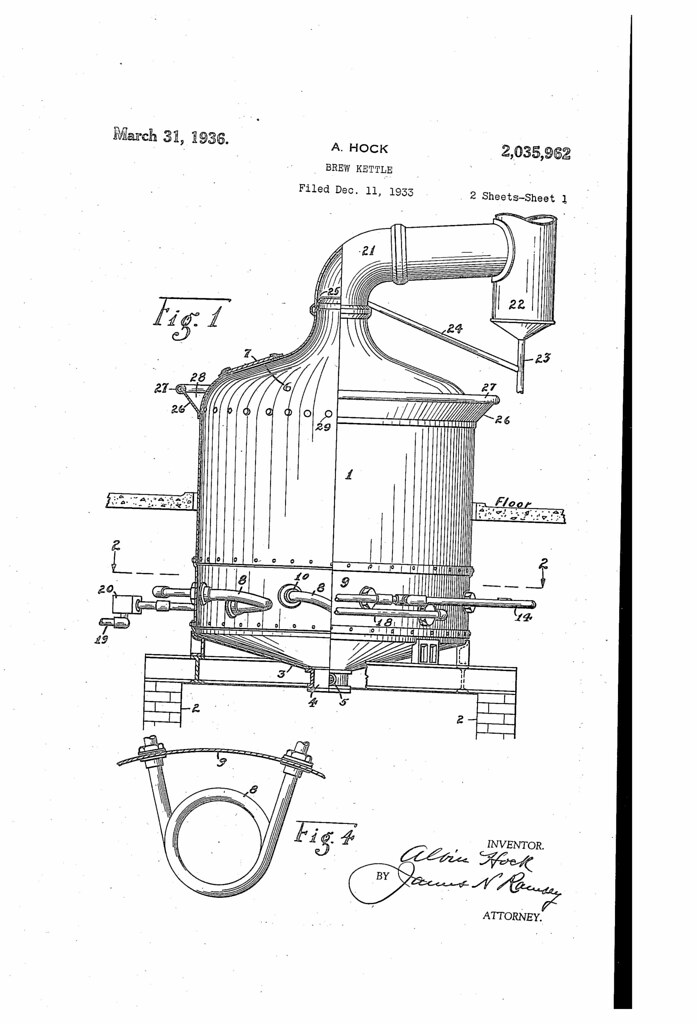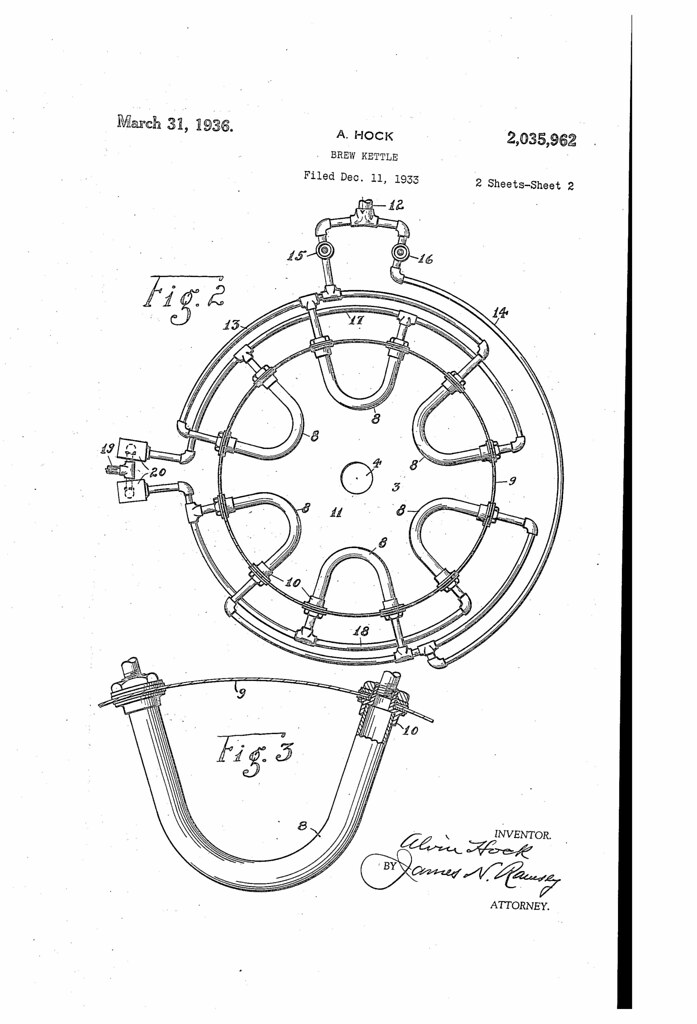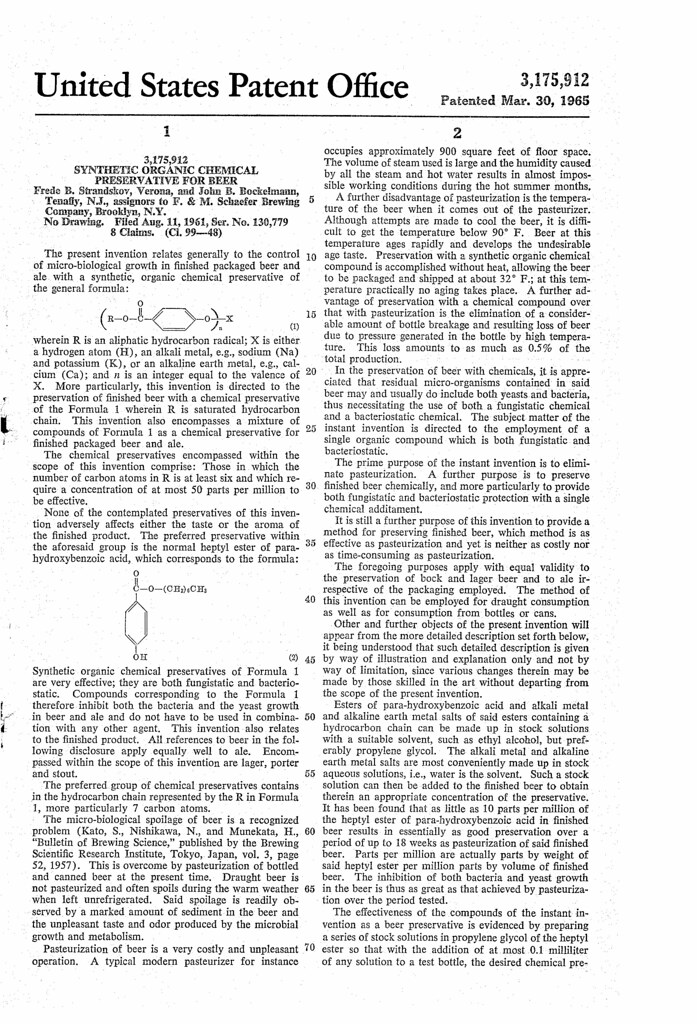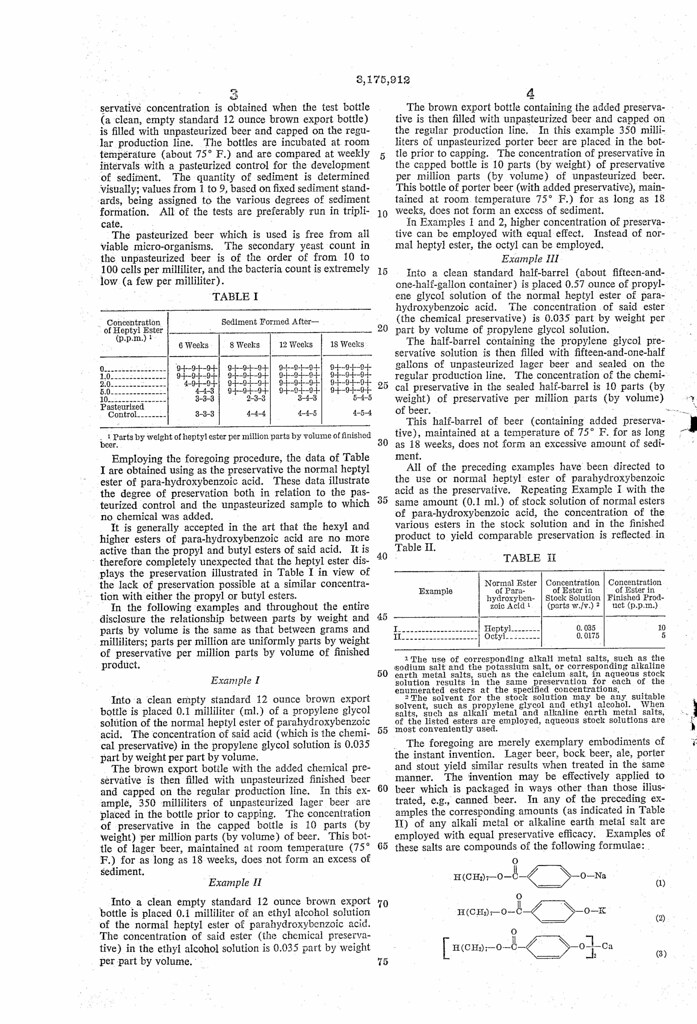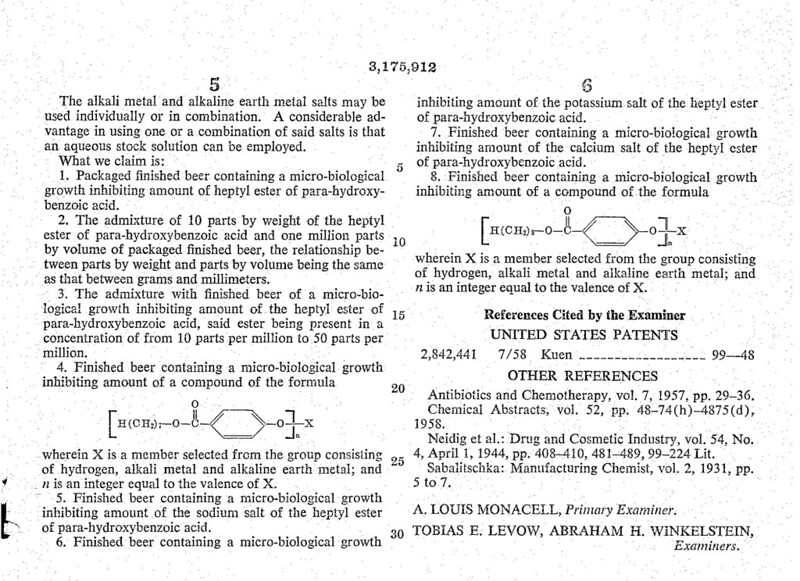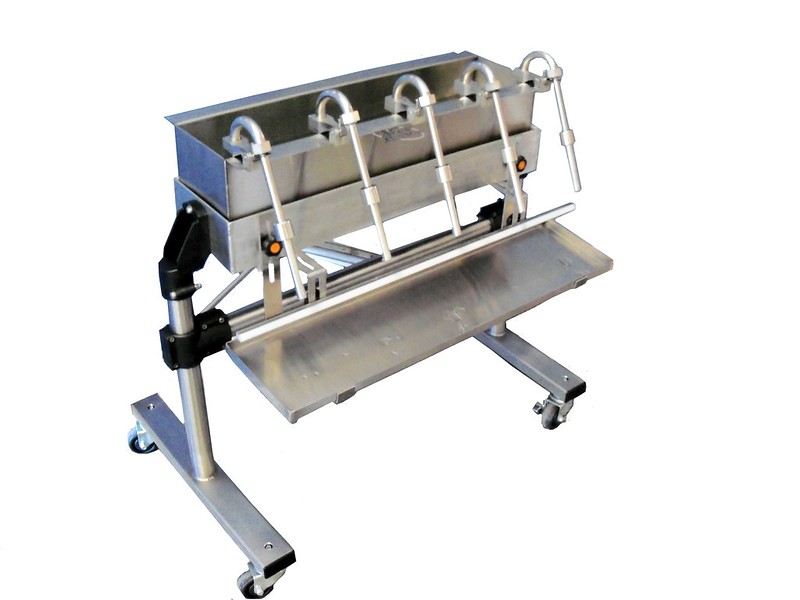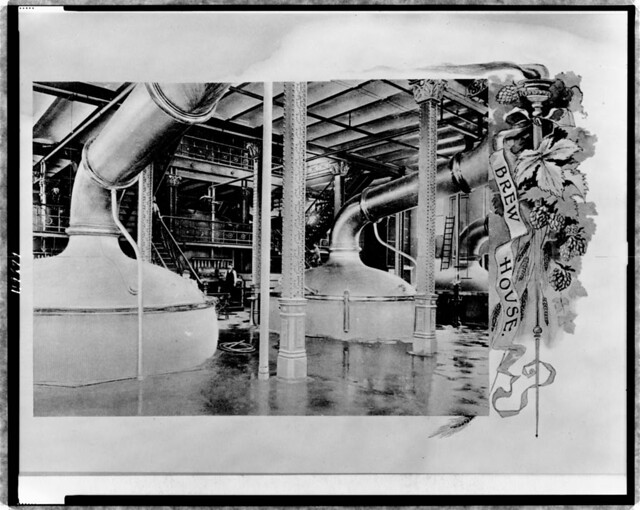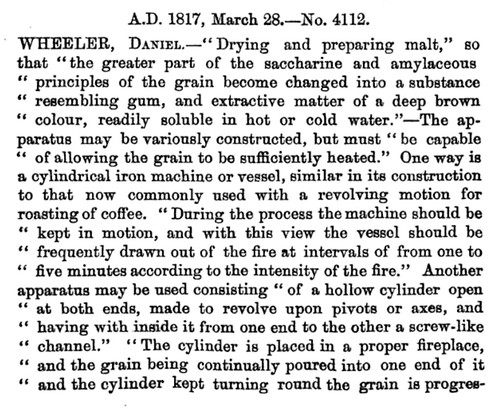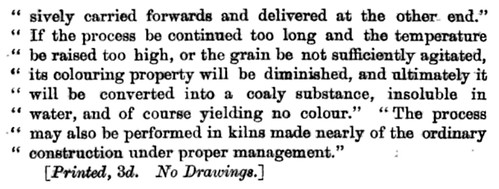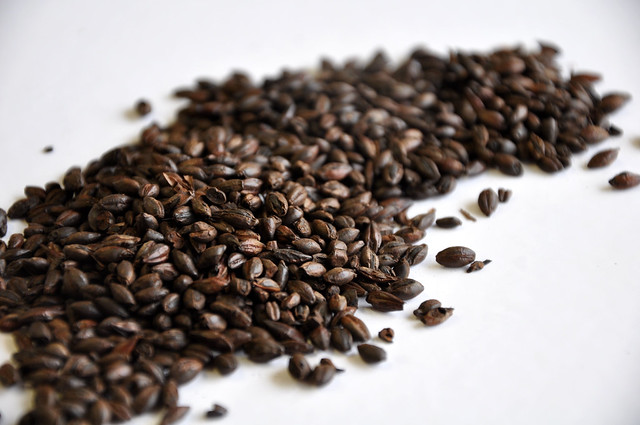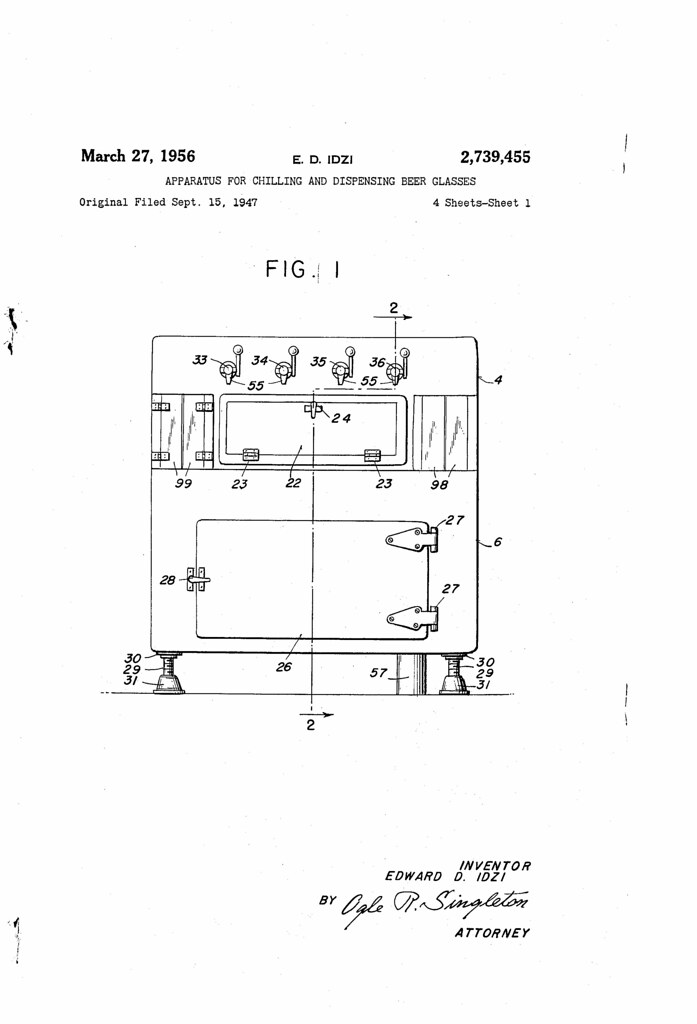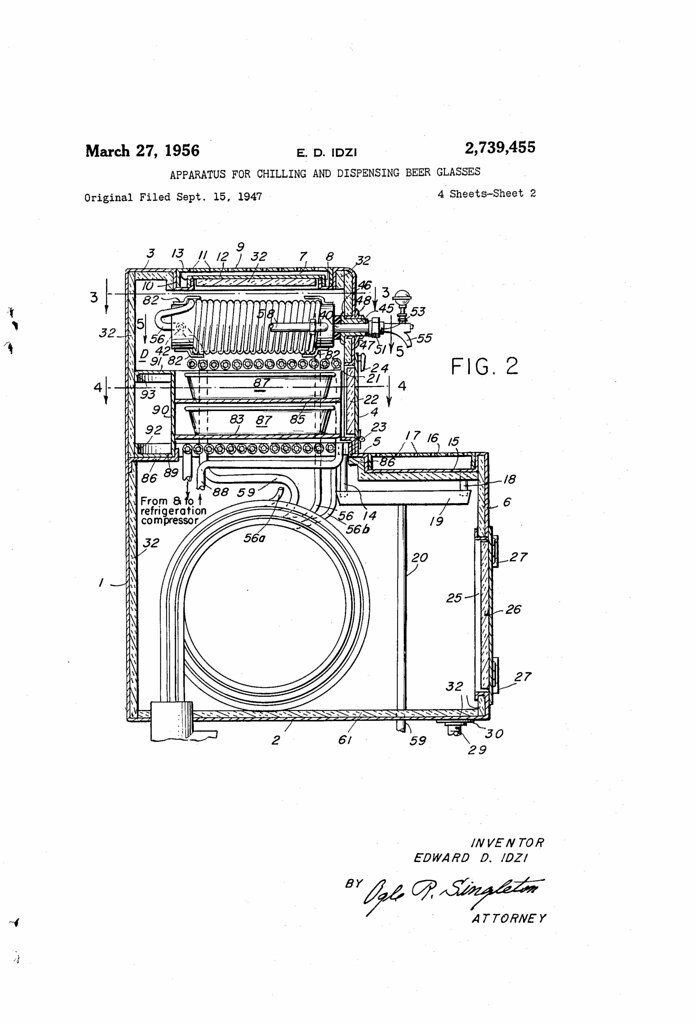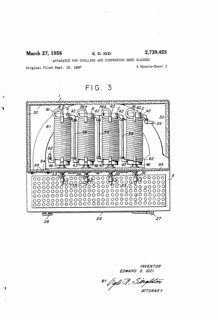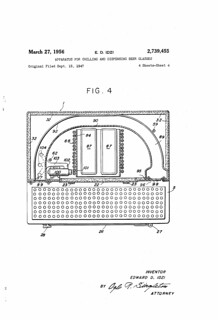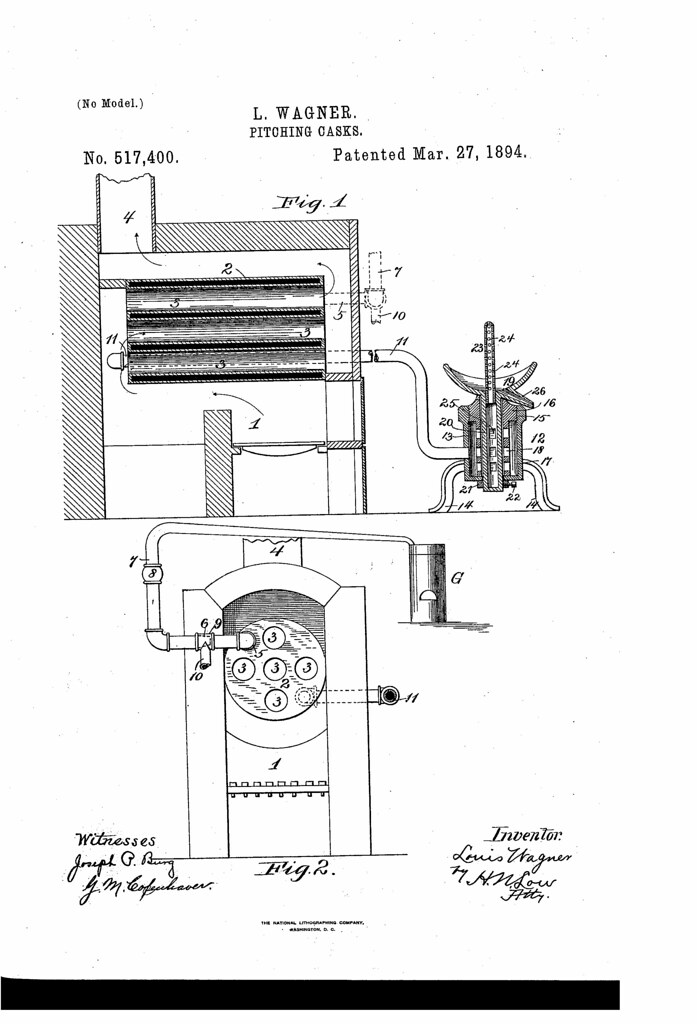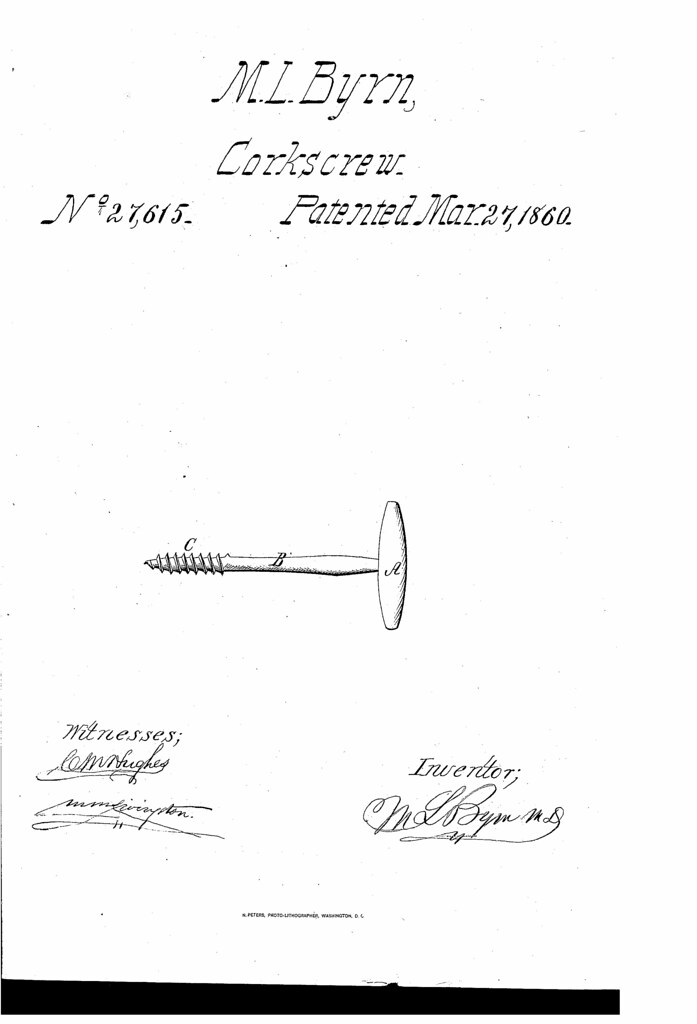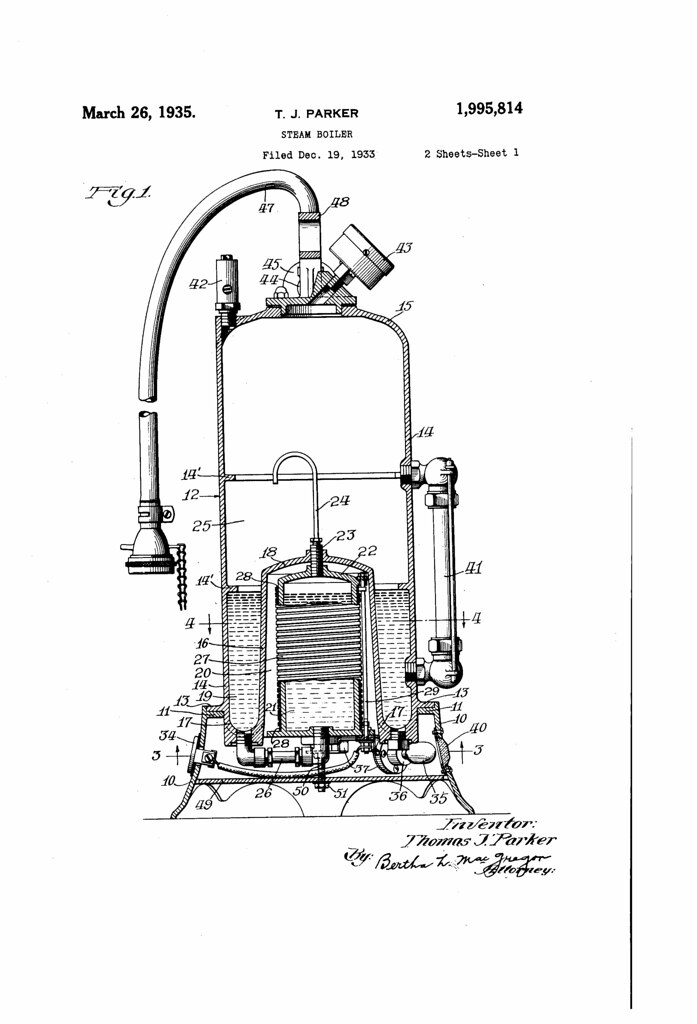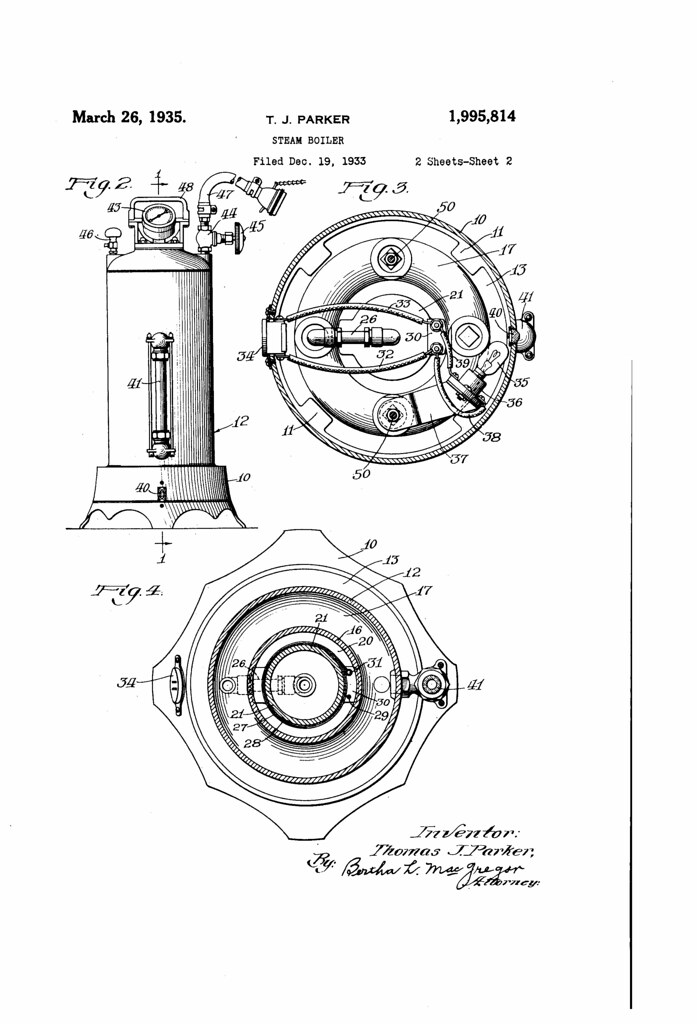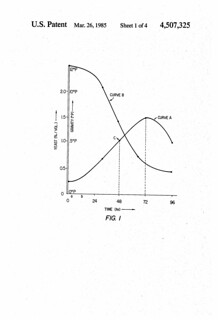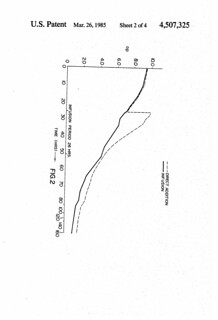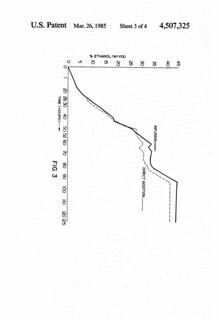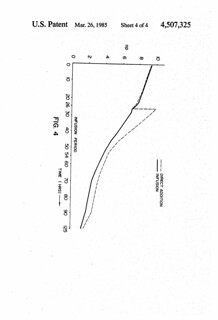
Today in 1936, US Patent 2035962 A was issued, an invention of Alvin Hock, for his “Brew Kettle.” There’s no Abstract, although in the description it includes this summary:
My invention consists in providing a closed kettle or receptacle preferably having a downwardly converging bottom provided with a central outlet therein and having above said bottom a series of U-tubes extending into and out of the kettle and connected to steam inlet and exhaust outlet tubes whereby steam will circulate through said U-tubes which are immersed in the liquid and whereby heat is given off to said liquid from the entire surface of said tubes, so that all of the heat thus transferred is fully utilized.
